Bloodbath at Shiloh – Armies, Divisions and Generals
Posted By Norman Gasbarro on April 22, 2011
The Battle of Shiloh, fought 6 and 7 April 1862 was the bloodiest two-day battle in U.S. history up to that time. Fought in the Western Theater in southwestern Tennessee, it pitted the Union Army of the Tennessee commanded by Maj. Gen. Ulysses S. Grant against the confederate Army of the Mississippi commanded by Generals Albert Sidney Johnston and P. G. T. Beaureguard. On the first day of the battle, the confederates hoped to drive Grant’s army westward away from the Tennessee River and defeat them before the arrival of Maj. Gen. Don Carlos Buell’s Union Army of the Ohio. During the confusion of the battle, Grant’s forces, instead of falling back the west, reorganized to the northeast in an area near Pittsburg Landing. That position was defended with artillery and since Gen. Johnston was killed during the fighting, Gen. Beauregard took over and decided not to attack at night.
By the next morning, reinforcements from the Army of the Tennessee as well as Gen. Buell’s Army of the Ohio had arrived and were able to launch a counterattack. The Confederates had to fall back and their hopes of blocking the Union movement into northern Mississippi were dashed.
Union casualties were more than 13,000. Confederate casualties numbered nearly 11,000 including Gen. Albert Sidney Johnston. Also killed was Union Gen. W. H. L. Wallace. The casualties shocked both north and south. President Lincoln was besieged with requests to remove Grant from command – many claimed he was drunk and ill-prepared – but Lincoln resisted claiming he couldn’t spare him because “he fights.” Gen. William Tecumseh Sherman, head of the Fifth Division, emerged as one of the heroes of the fight. And, Grant moved south toward Vicksburg – siege and eventual capture, thus cutting the Confederacy in two. Military historians today recognize that Grant’s coolness under difficult circumstances as well his understanding of the overall strategic picture were what won the day for the Union forces.
For this battle, only one Pennsylvania regiment is listed as part of the Army of the Ohio, the 77th Pennsylvania Infantry. No Pennsylvania regiments are listed as part of the Army of the Tennessee. However, it is estimated that about a dozen men who had some connection to the Lykens Valley area served in units of other states and were present at the Battle of Shiloh. These men served in the Army of the Tennessee: 8th Illinois Infantry, 11th Illinois Infantry, 4th Illinois Cavalry, 9th Illinois Infantry, 1st Missouri Infantry, 25th Indiana Infantry, and the 55th Illinois Infantry.
Army of the Tennessee – Maj. Gen. Ulysses S. Grant
First Division – Maj. Gen. John A. McClernand
Second Division – Brig. Gen William H. L. Wallace
Third Division – Maj. Gen. Lew Wallace
Fourth Division – Brig. Gen Stephen A. Hurlbut
Fifth Division – Brig. Gen. William T. Sherman
Sixth Division – Brig. Gen Benjamin M. Prentiss
—————————–
Army of the Ohio – Man. Gen. Don Carlos Buell
Second Division – Brig. Gen Alexander McDowell McCook
Fourth Division – Brig Gen William Nelson
Fifth Division – Brig. Gen. Thomas L. Crittenden
Sixth Division – Brig. Gen. Thomas J. Wood
Photos of the generals are from Wikipedia and are in the public domain either because their copyright has expired or they were taken by a U.S. government employee in the course of his duties. Some of the information on the Battle of Shiloh was taken from Wikipedia.
A excellent book on the subject of the battle is: Shiloh, the Battle that Changed the Civil War, by Larry J. Daniel, published by Simon and Shuster, 1997. The book contains a detailed analysis of each part of the battle, battle maps, and several appendices as well as very extensive footnotes and bibliography.
 ;
;

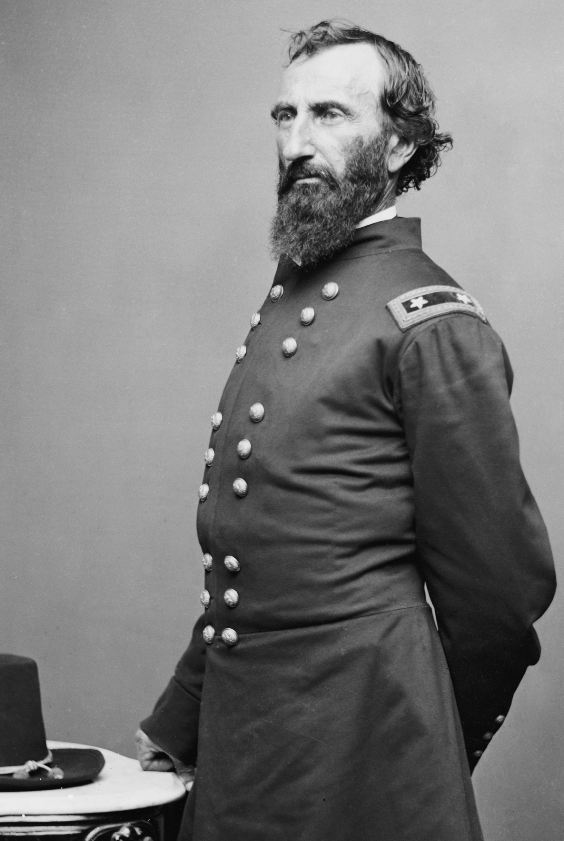


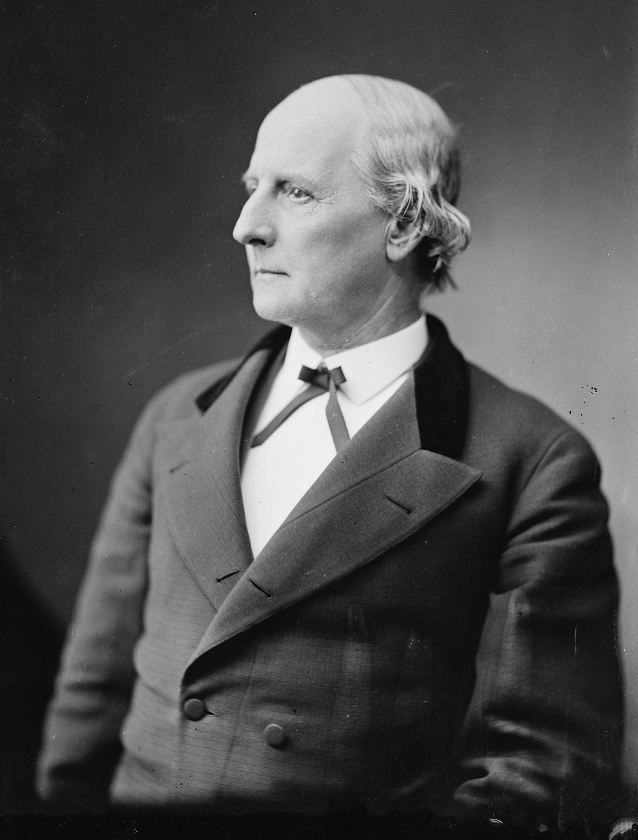
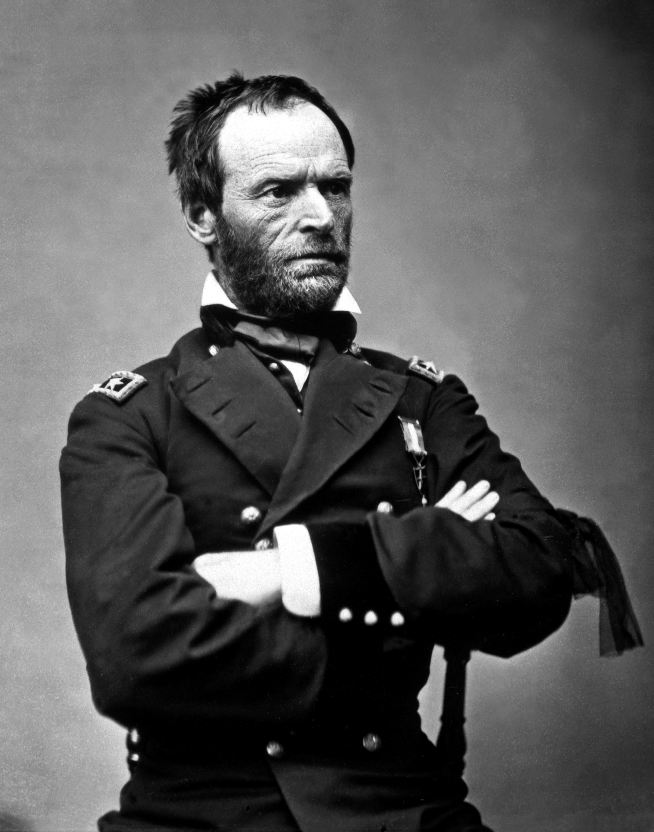


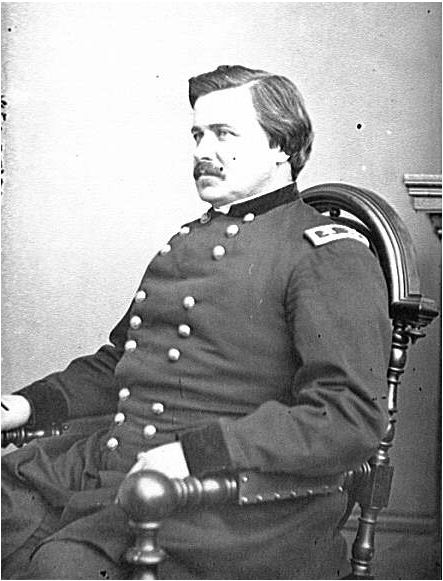

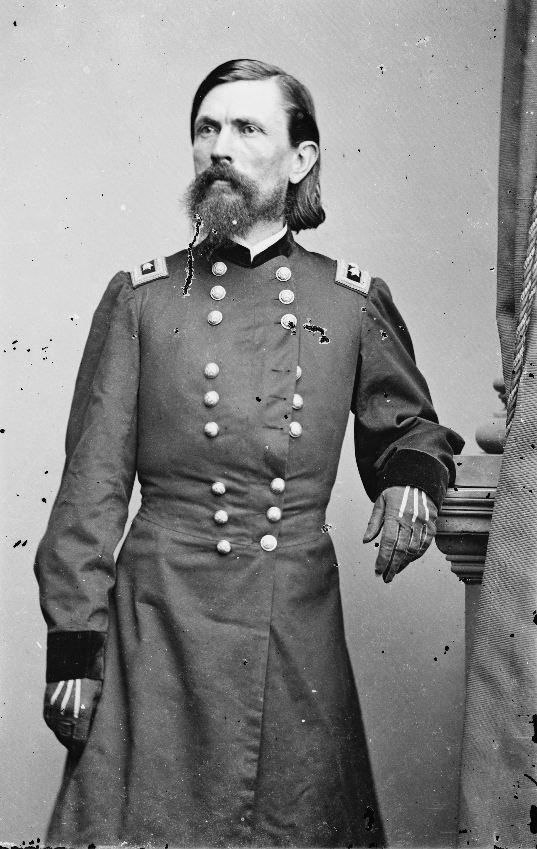
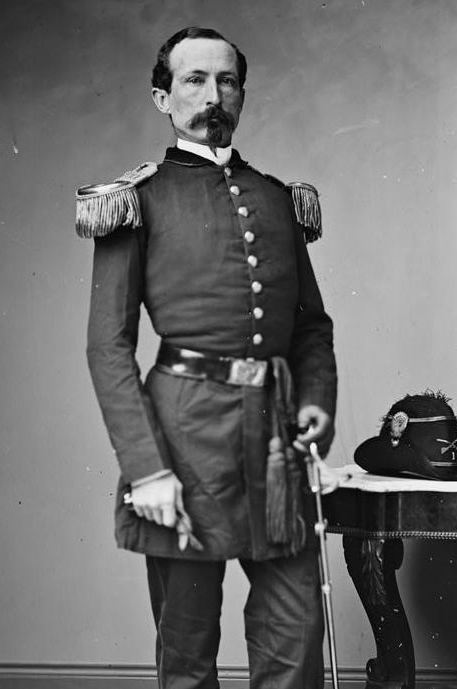



Comments